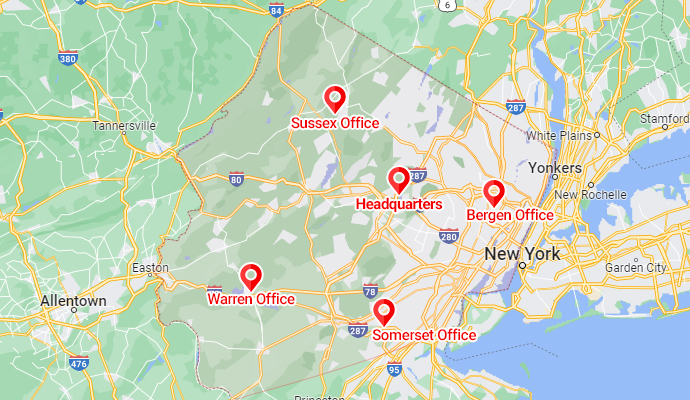The Hidden Dangers of Sewage Damage: What Every Homeowner Should Know
Sewage damage is more than just an unpleasant inconvenience. When sewage, fecal matter, and toilet waste back up into your home, it poses serious health risks and significant structural damage. Understanding the hidden dangers of sewage damage is crucial for every homeowner to ensure their home remains safe and habitable.
Health Risks from Bacteria and Pathogens
One of the most critical dangers of sewage damage is the presence of harmful bacteria and pathogens. Sewage often contains fecal matter and other waste materials that harbor dangerous microorganisms. Category 3 (Cat 3) water, also known as black water, includes not only sewage but also water from rivers, streams, and other sources that could be heavily contaminated with pathogens. Bacteria such as E. coli, Salmonella, and various viruses thrive in such environments, posing severe health risks to humans.
Exposure to these bacteria can lead to illnesses, ranging from gastrointestinal infections to more severe conditions like hepatitis. Children are particularly vulnerable to these health risks due to their developing immune systems. Therefore, it's crucial to sanitize and deodorize affected areas promptly and thoroughly.

Structural and Property Damage
Beyond health risks, sewage damage can cause significant structural issues in your home. When sewage infiltrates your living space, it can weaken the structural integrity of your property. Wooden beams, drywall, and other building materials can absorb contaminated water, leading to rot and decay. If left untreated, this can result in costly repairs and even make your home unsafe to live in.
Additionally, sewage can damage personal belongings, including furniture, electronics, and important documents. Items soaked in contaminated water are often unsalvageable, adding to the emotional and financial toll of such incidents.
Cleaning and Sanitizing: The Right Approach
Proper cleaning and sanitizing are essential to mitigate the dangers of sewage damage. Immediate action is crucial to prevent the spread of contaminants. Here are some steps to consider:
- Personal Protective Equipment (PPE): Always wear PPE, such as gloves, masks, and boots, to protect yourself from direct contact with sewage.
- Initial Cleanup: Remove any solid waste and standing water using specialized equipment like wet vacuums and pumps.
- Sanitize and Deodorize: Use strong disinfectants to sanitize all affected areas. Deodorize the space to eliminate lingering smells that indicate the presence of bacteria.
- Professional Help: Given the complexity and health risks, hiring professional sewage cleanup services is often the best course of action. Professionals have the right equipment and expertise to handle Cat 3 water safely and effectively.
Protecting Your Family
Ensuring the safety of your family, especially children, should be a top priority during a sewage backup. Keep children and pets away from affected areas until the cleanup process is complete. Educate your family on the importance of avoiding contact with contaminated water and surfaces.
Conclusion
Sewage damage is a serious issue that requires immediate and thorough attention. The presence of bacteria and pathogens in fecal matter, toilet waste, and other contaminants in Cat 3 water can pose severe health risks and cause significant property damage. By understanding the hidden dangers and taking appropriate cleaning and sanitizing measures, homeowners can protect their families and maintain a safe living environment.
At PDQ Restoration, we take pride in offering expert water damage restoration services to homeowners in North Jersey. With numerous positive reviews on Google, we are highly regarded for our professionalism, efficiency, and dedication to customer satisfaction. Get in touch with us by dialing 973-447-3363 or simply click here.

















